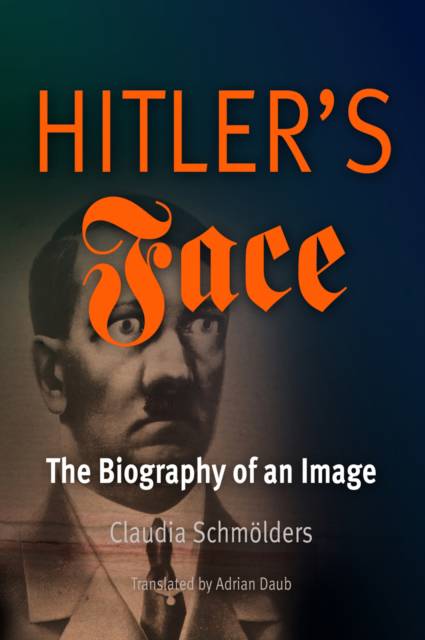
- Retrait gratuit dans votre magasin Club
- 7.000.000 titres dans notre catalogue
- Payer en toute sécurité
- Toujours un magasin près de chez vous
- Retrait gratuit dans votre magasin Club
- 7.000.0000 titres dans notre catalogue
- Payer en toute sécurité
- Toujours un magasin près de chez vous
51,95 €
+ 103 points
Description
In Hitler's Face Claudia Schmölders reverses the normal protocol of biography: instead of using visual representations as illustrations of a life, she takes visuality as her point of departure to track Adolf Hitler from his first arrival in Munich as a nattily dressed young man to his end in a Berlin bunker--and beyond.
Perhaps never before had the image of a political leader been so carefully engineered and manipulated, so broadly disseminated as was Hitler's in a new age of mechanical reproduction. There are no extant photographs of him visiting a concentration camp, or standing next to a corpse, or even with a gun in his hand. If contemporary caricatures spoke to the calamitous thoughts, projects, and actions of the man, officially sanctioned photographs, paintings, sculptures, and film overwhelmingly projected him as an impassioned orator or heroically isolated figure. Schmölders demonstrates how the adulation of Hitler's face stands at the conjunction of one line stretching back to the eighteenth-century belief that character could be read in the contours of the head and another dating back to the late nineteenth-century quest to sanctify German greatness in a gallery of national heroes. In Nazi ideology, nationalism was conjoined to a forceful belief in the determinative power of physiognomy . The mad veneration of the idealized German face in all its various aspects, and the fanatical devotion to Hitler's face in particular, was but one component of a project that also encouraged the ceaseless contemplation of supposedly degenerate "Jewish" physical traits to advance its goals.Spécifications
Parties prenantes
- Auteur(s) :
- Traducteur(s):
- Editeur:
Contenu
- Nombre de pages :
- 240
- Langue:
- Anglais
- Collection :
Caractéristiques
- EAN:
- 9780812220810
- Date de parution :
- 01-09-09
- Format:
- Livre broché
- Format numérique:
- Trade paperback (VS)
- Dimensions :
- 145 mm x 216 mm
- Poids :
- 358 g

Les avis
Nous publions uniquement les avis qui respectent les conditions requises. Consultez nos conditions pour les avis.






